Let’s talk bits.
When throwing around the term “8-bit console”, it’s important to understand what that actually means. “8-bit” has come to refer to a style of art and music, usually that specifically of the NES, but it really doesn’t have that much to with a console’s graphics or audio at all. Instead, 8-bit refers to the console’s CPU, and it denotes that the CPU works with a single 8-bit byte at a time. Today’s machines are almost all 64-bit. They still work with 8-bit bytes, but they work with them in chunks of eight bytes at a time. 8 bits × 8 bytes = 64 bits.
Now, when people think of 8-bit consoles, they generally think of the two titans of the era: the Nintendo Entertainment System (a version the Japanese Nintendo Famicom, with slightly different specs), and the Sega Master System.
Some people think of the Atari 2600, the first real hit home console, and they’re not entirely wrong as the Atari 2600 was an 8-bit system (with the same base CPU as the NES, in fact). However, most people use the term to refer to the third generation of home video game consoles, and that’s what I want to touch on today since that’s clearly the generation Another Star 2 is pulling its inspiration from.
So, without further ado, let’s talk about the consoles that Another Star 2 is drawing on.
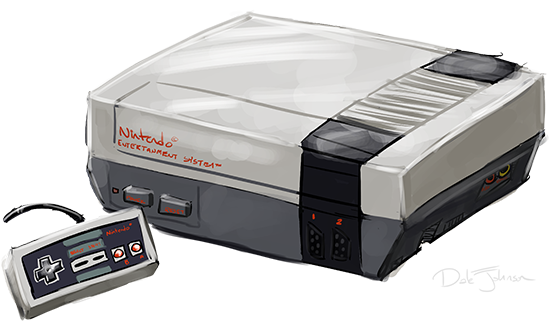
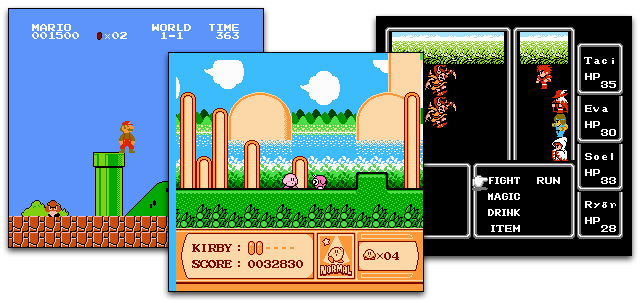
The NES was the clear winner of the third generation of video game consoles. It dominated the market in Japan and the United States. This is the game console that I grew up with. The NES has a limited palette, and sprites and tiles can only have three unique colors plus the background color or transparency, but these limitations combined with a rather incredible little audio processor gave it a unique look and sound that has remained iconic to this very day.
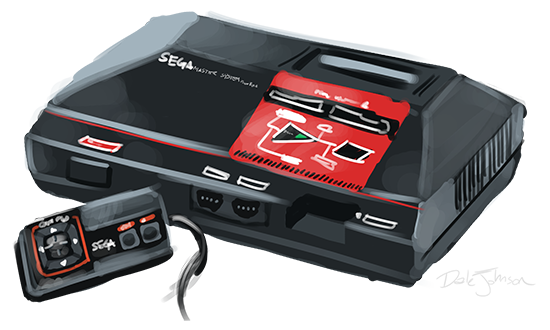
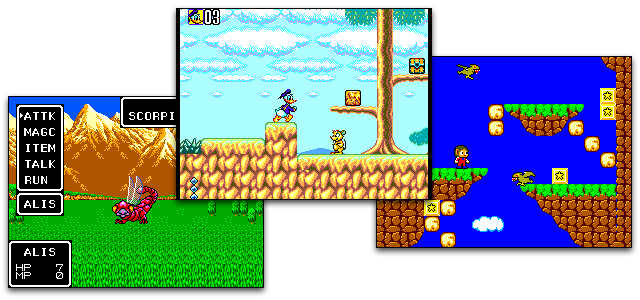
The Master System, on the other hand, got its major foothold in Europe, and in Brazil it was so big that it thrived well into the 16-bit era. Meanwhile, most of us Americans didn’t even realize that Sega had a console before the Sega Genesis (this is the name Sega in North America gave to the Mega Drive). The Master System allows for more detailed graphics by allowing sprites and tiles to use far more colors at a time than the NES, but its master color palette is excessively bright and it lacks the NES’s more subdued tones.
The Master System is the console that the original Another Star was most heavily inspired by. In fact, I almost switched to the Master System’s palette about halfway through Another Star’s production.
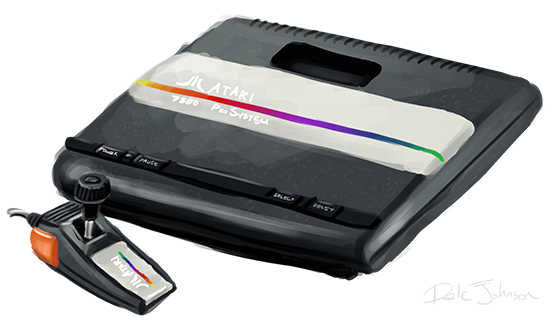
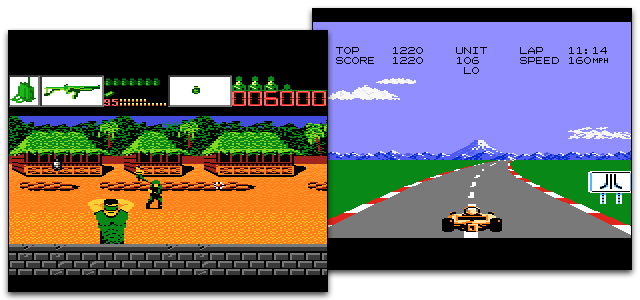
There were a number of other also-rans in the 8-bit era, all of which failed to really leave a mark.
The most recognizable of them in the United States is the Atari 7800, and it’s possibly the most unique of all the 8-bit consoles as far as its hardware goes. But it was doomed from the start by delays, cancellations, and contract disputes as the Atari brand switched hands in the middle of the system’s launch.
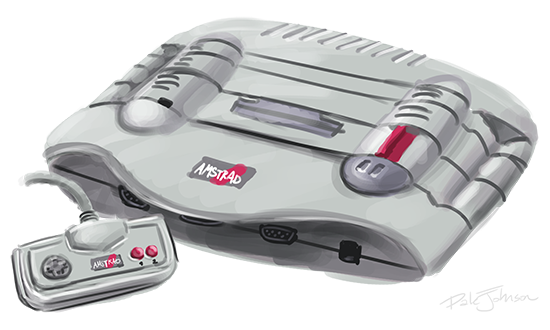
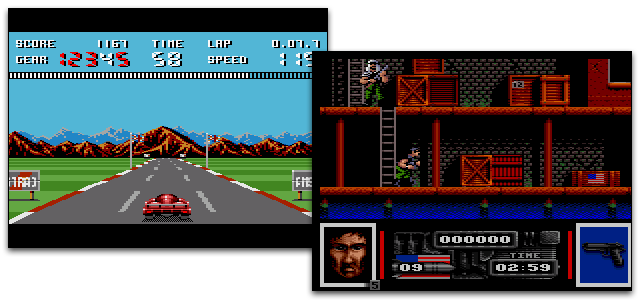
In Europe, there was the short-lived Amstrad GX4000. Under the hood, it’s basically a console version of Amstrad’s personal computer line. It came out about the same time as the Sega Genesis / Mega Drive. You can guess what happened to it.
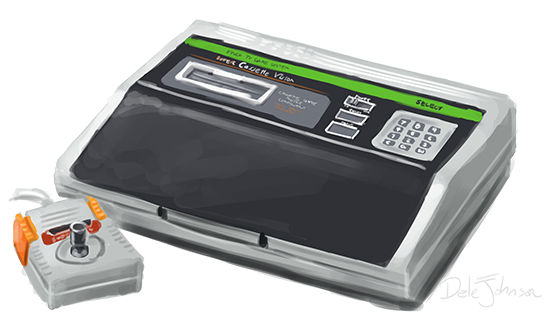

Also of minor note is the Epoch Super Cassette Vision. Releasing around the time as the Japanese Famicom, it never gained a real market share, and just barely squeezes in to the third generation of consoles. However, it does have some interesting specs. Unfortunately, almost every document and article about it is in Japanese, and even Wikipedia just gives it a tiny section in the main Cassette Vision article.
There were a few other consoles that came out in this era, some of which lasted mere weeks before being pulled from store shelves. (Did you know Casio had a video game console? Casio had a video game console!) There’s also the handhelds, such as the original Game Boy and the Sega Game Gear, but Another Star 2 isn’t meant to be a handheld game so I won’t go over those here.
Finally, there’s one last console to talk about, and that’s the TurboGrafx-16 Entertainment SuperSystem, released in Japan and France as the PC Engine.
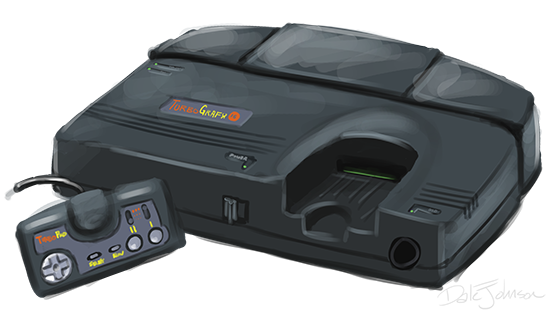
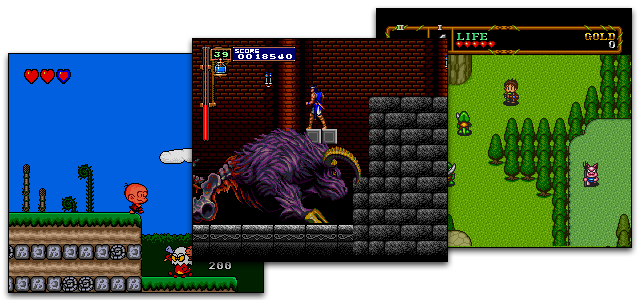
A joint venture between NEC and Hudson Soft, the TurboGrafx-16 had an 8-bit CPU combined with a 16-bit graphics chip. As such, it was a strange marriage of the 8-bit and 16-bit eras, like a console stuck somewhere between them but never fully planted on one side or the other. Though an 8-bit machine by definition, it kicked off the fourth generation of video game consoles, better known as the “16-bit era”.
While it never quite caught on internationally, it was the first home console with a CD-ROM attachment. Japanese developers did some really amazing things with that 8-bit system thanks to the incredible storage capacity of the compact disc. It’s a shame those of us in the west didn’t see more stuff like this on consoles in the 90’s:
The reason I bring all these systems up is because I don’t want Another Star 2 to be completely shackled to the limitations of an actual 8-bit console. If I wanted to make an real 8-bit game, the thing to do would be to learn 6502 or Z80 assembly and actually code an NES or Master System game. Both systems are well documented and have a thriving homebrew scene—especially the NES.
Instead, like many so many others, I want to evoke the feel of the era. Some, like Shovel Knight, do this by working fast and loose with the limitations of the era, which I think betrays the parts of the aesthetic that I like the most.
What I want to do as a developer is take the most recognizable and most interesting limitations of the 8-bit era and use those to build the game’s art style and gameplay. To do that, I need a sort of framework, a mishmash of multiple consoles that plays to the strengths of the era without getting too bogged down in its drawbacks.
In this quest, the TurboGrafx represents a sort of speed limit for the 8-bit era. As you can see from my earlier mock-ups, my vision for the game surpasses anything the NES was capable of thanks to the limited number of colors on that system, and it just beats out the Master System because it has larger sprites and a more vibrant 256 color master palette instead of the Master System’s limited 64 colors. However, it doesn’t quite reach the fidelity of the TurboGrafx. If it catches up too close, then I know I’ve gone too far and I’m getting too close to the style of the 16-bit era.
In my next entry, I’ll start to detail the “rules” of Another Star 2’s limitations by taking a look at the specs of all the consoles I just talked about. I’ll be spelling out exactly what Another Star 2’s limitations are, why I think they’re interesting, how they’ll impact the game and its production, and I’ll go over a little bit about how I plan to implement them.
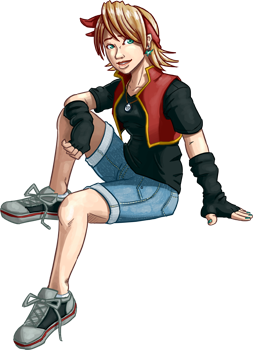
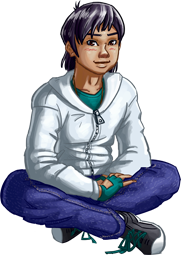

This is actually really interesting and I’m kind of fascinated how you’re going about doing this. Definitely a neat way to try to not only evoke the feel but lay down a groundwork of where you can and can’t go with your design. Love it.